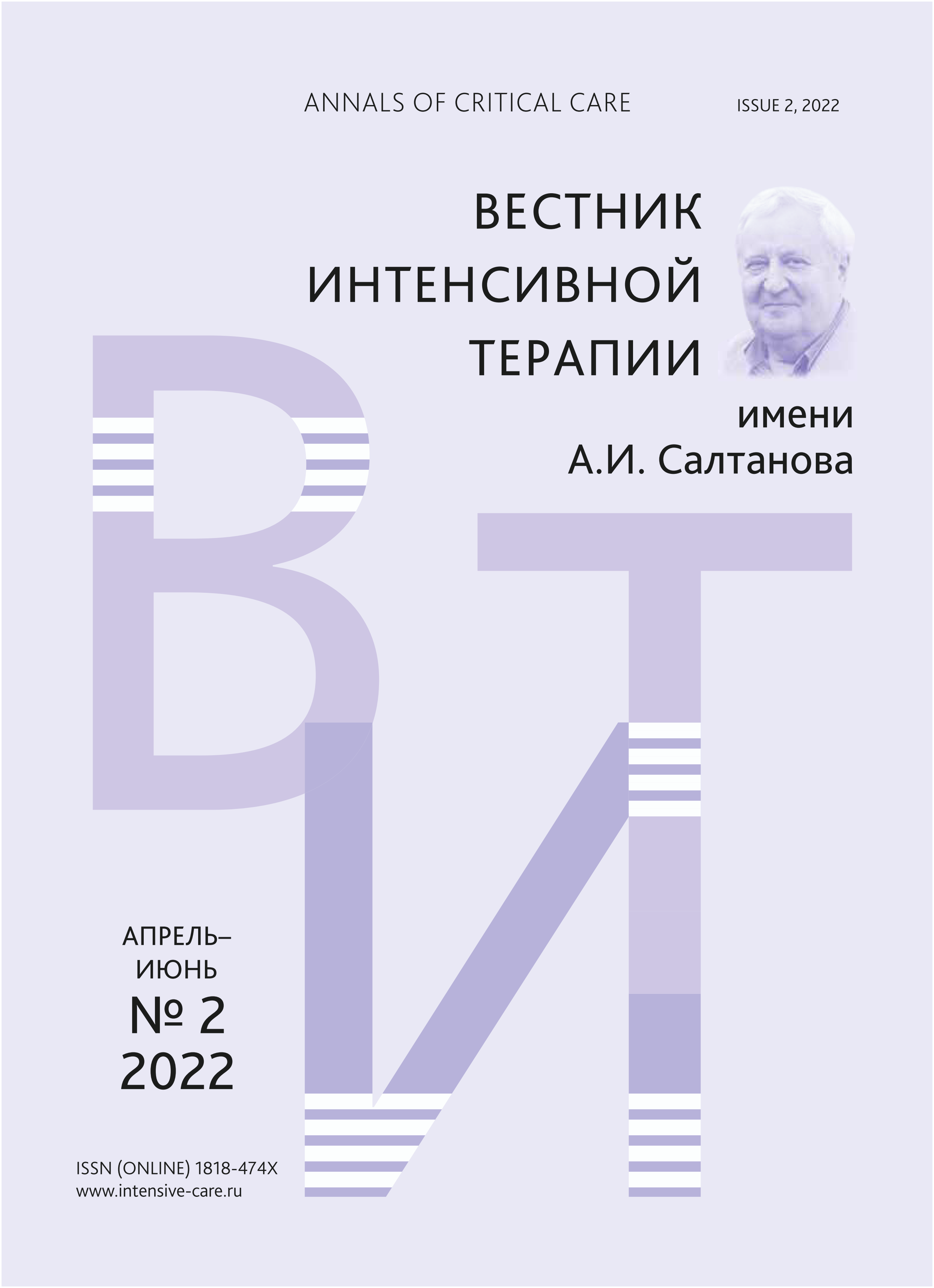Abstract
INTRODUCTION. In the last decade, there has been a rethinking of the value of nutritional support for neonatal intensive care patients. According to the American and European guidelines for nutritional therapy, enteral feeding is the preferred method of nutrition for patients with a functioning gastrointestinal tract. Preterm infants in critical ill have a low tolerance to during gastric feeding. Research shows that the use of transpiloric feeding is comparable in effectiveness to operative fundoplication. X-ray control method is used to confirm the correct position of the transpyloric tube. OBJECTIVES. The goal of this study was to evaluate the effectiveness and safety of ultrasound control of the transpyloric tube position in comparison with X-ray examination. MATERIALS AND METHODS. All patients included in the study had a low tolerance to enteral feeding through a gastric tube. The use of ultrasound during this manipulation provided an alternative method for monitoring the position of the tube without the X-ray control. Before the tube insertion procedure, the pyloric canal and postpyloric area were visualized in 100 % of patients. RESULTS. After the manipulation, according to sonography data, in 94.1 % of patients, the transpyloric tube was located outside the pyloric part of the stomach (in the duodenum). In more than half of the cases, there was a complete coincidence of the conclusions of radiography and ultrasound examination. At 41.2 % of cases, the radiologist could not determine the exact location of the distal end of the tube between the duodenum and jejunum. CONCLUSIONS. Usage transpyloric tube of ill infants may lead to improved treatment outcomes. The obtained data indicate that ultrasound imaging of the tube is statistically more reliable than X-ray control. The use of ultrasound to visualize the process of installing tube may exclude the additional use of radiography.
References
- Смирнов О.Г., Горбачев В.И., Алейникова Н.Г. Гастроэзофагеальный рефлюкс у недоношенных детей: стратегия проведения транспилорического питания. Педиатр. 2021; 12 (4): 59–67. DOI: 10.17816/PED12459-67 [Smirnov O.G., Gorbachev V.I., Aleynikova N.G. Transpiloric feeding in gastroesophageal reflux in neonatology. Pediatrician (St. Petersburg). 2021; 12(4): 59– DOI:10.17816/PED12459-67 (In Russ)]
- Лекманов А. У., Ерпулева Ю. В., Рыжов Е. А. и др. Опыт применения постпилорического питания у детей в условиях интенсивной терапии. Вестник анестезиологии и реаниматологии. 2012; 9(3): 42–6. [Lekmanov U., Yerpuleva Yu.V., Ryzhov E.A., et al. Experience of enteral feeding through jejunal catheter of the children in critical states. Messenger of anesthesiology and resuscitation. 2012; 9(3): 42–6. (In Russ.)]
- Анурьев А.М., Горбачев В.И., Анурьева Т.М. и др. Применение нервно-регулируемой искусственной вентиляции легких у недоношенных новорожденных. Вестник интенсивной терапии имени А.И. Салтанова. 2020; 2: 122–8. DOI: 10.21320/1818-474X-2020-2-122-128 [Anuryev A.M., Gorbachev V.I., Anuryeva T.M., et al. The use of nerve-controlled artificial lung ventilation in premature newborns. Annals of Critical Care. 2020; 2: 122–8. DOI: 10.21320/18-474 X-2020-2-122-128 (In Russ)]
- Osawa I., Tsuboi N., Nozawa H., et al. Ultrasound-guided postpyloric feeding tube placement in critically ill pediatric patients. Pediatric critical care medicine. 2021; 22 (5): 324–8. DOI: 10.1097/PCC.0000000000002663
- Milsom S.A., Sweeting J.A., Sheahan H., et al. Nasoenteric tube placement: a review of methods to confirm tip location, global applicability and requirements. World J Surg. 2015; 39(9): 2243–52. DOI: 10.1007/s00268-015-3077-6
- Hamadah H.K., Elsaoudi A.R.F., Faraji M.A., et al. Ultrasound-guided post-pyloric feeding tube insertion in peri-operative cardiac infants. Cardiol Young. 2021; 1–4. DOI: 10.1017/S1047951121004182
- Phipps L.M., Weber M.D., Ginder B.R., et al. A randomized controlled trial comparing three different techniques of nasojejunal feeding tube placement in critically ill children. JPEN J Parenter Enteral Nutr. 2005; 29(6): 420– DOI:10.1177/0148607105029006420
- Claiborne M.K., Gross T., McGreevy J., et al. Point-of-care ultrasound for confirmation of nasogastric and orogastric tube placement in pediatric patients. Pediatr Emerg Care. 2021; 37(12): 1611–5. DOI: 10.1097/PEC.0000000000002134

This work is licensed under a Creative Commons Attribution-NonCommercial-ShareAlike 4.0 International License.
Copyright (c) 2022 ANNALS OF CRITICAL CARE

